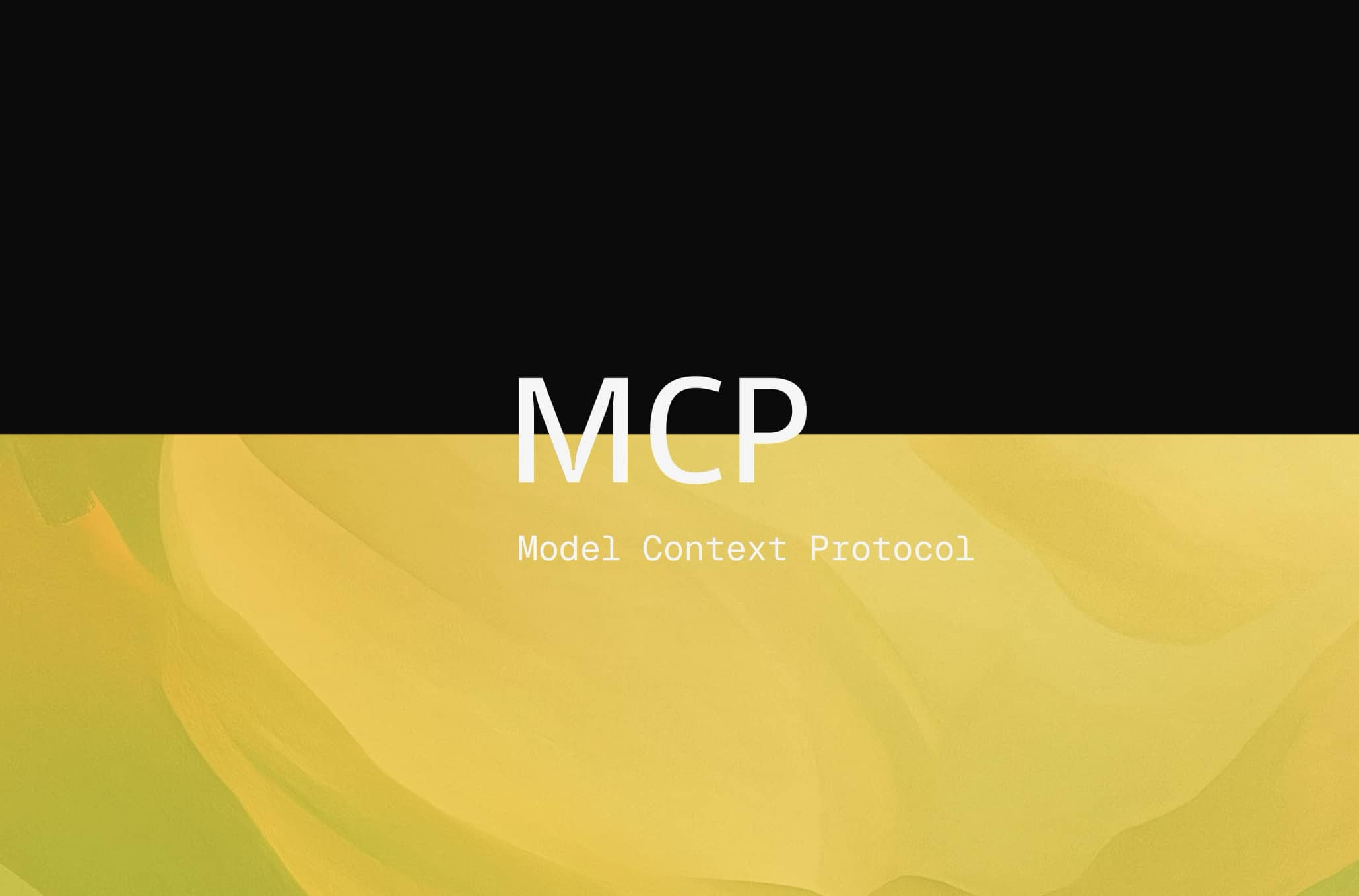
Artificial intelligence (AI) is everywhere—from voice assistants to smart recommendations on your favorite apps. But have you ever wondered how these AI systems actually understand the real world and provide answers that make sense? That’s where something called the Model Context Protocol, or MCP for short, comes in.
If you’re curious about what MCP is and why it’s a big deal for the future of AI, this blog will break it down in simple terms and explain why it matters for businesses, developers, and users alike.
What Exactly Is MCP?
At its core, MCP is a way for AI models to connect and communicate with external information sources. Imagine AI as a person who wants to answer your questions—but instead of having all the answers stored in their head, they can look things up from trusted libraries, databases, or live feeds in real time. MCP is the protocol that makes this “looking up” possible in a smooth and standardized way.
Without MCP, many AI models work like isolated black boxes. They only know what they were trained on and can’t easily fetch updated or specific data when needed. MCP changes this by acting like a universal translator and connector, helping AI systems reach out, gather relevant info, and then provide better, more accurate responses.
Why Does MCP Matter?
Think about when you ask a chatbot for product availability, recent news, or your account info. You expect up-to-date and personalized answers, right? Without a protocol like MCP, the chatbot might struggle because it can’t access the latest data.
MCP enables AI assistants to:
Access live information like databases, documents, or APIs
Connect with tools and apps you already use in your business
Provide answers based on the most current and relevant data
This means smarter AI, happier users, and smoother experiences.
How Does MCP Work in Simple Terms?
There are three main players in MCP:
AI Models (Clients): These are the “brains” asking for extra information. They might be chatbots, virtual assistants, or any AI-powered app.
Data Sources (Servers): These store or control the information, such as your company’s database, cloud files, or third-party services.
The Protocol (MCP): This is the set of rules that lets the AI models and data sources talk to each other clearly, safely, and efficiently.
When you ask your AI assistant a question that needs real-time info, the AI sends a request to the MCP server. The server fetches the data and sends it back to the AI, which then crafts a helpful answer.
What Are the Benefits of MCP?
Better Accuracy: AI can provide answers based on fresh data instead of outdated knowledge.
More Use Cases: MCP allows AI to do things like check inventory, schedule appointments, or pull specific reports.
Security: MCP ensures that data sharing happens securely, protecting your sensitive information.
Easier Integration: Developers can plug AI into existing tools without complex coding or custom setups.
Real-Life Examples of MCP in Action
Customer Support: AI chatbots can access your company’s internal support documents and offer instant, accurate help.
Software Development: Coding assistants use MCP to understand your current project files and suggest improvements on the fly.
Business Automation: AI tools automate workflows by fetching data from your business apps in real-time, improving efficiency.
Website Enhancements: Platforms use MCP to let AI personalize website content or answer user questions based on live data.
The Future of AI with MCP
As AI grows more powerful, its usefulness depends on access to the right data at the right time. MCP is helping pave the way for AI systems that are not only smart but also connected, flexible, and context-aware.
This means in the near future, AI assistants could:
Seamlessly integrate with your calendar, email, and other apps
Provide customized insights tailored to your unique data
Help make smarter decisions by analyzing real-time information
The possibilities are exciting and will continue to grow as MCP adoption spreads.
Final Thoughts
The Model Context Protocol might sound technical, but its purpose is simple: to help AI systems access the right information when they need it. This unlocks smarter, faster, and more useful AI experiences for everyone.
Whether you’re a business looking to boost customer support or a developer building AI tools, understanding and using MCP can make all the difference.
Written by